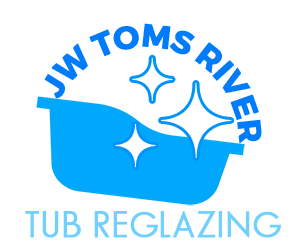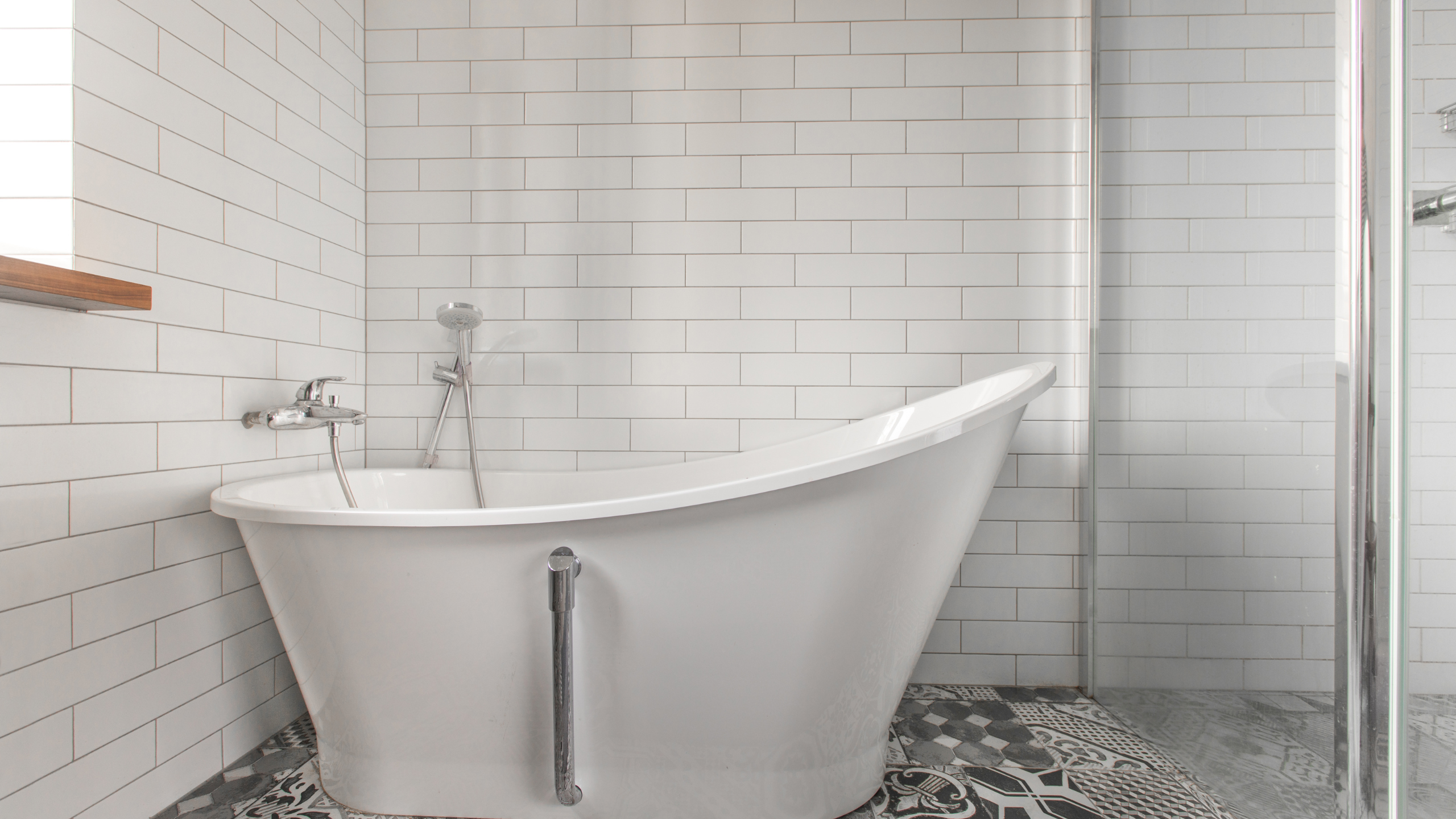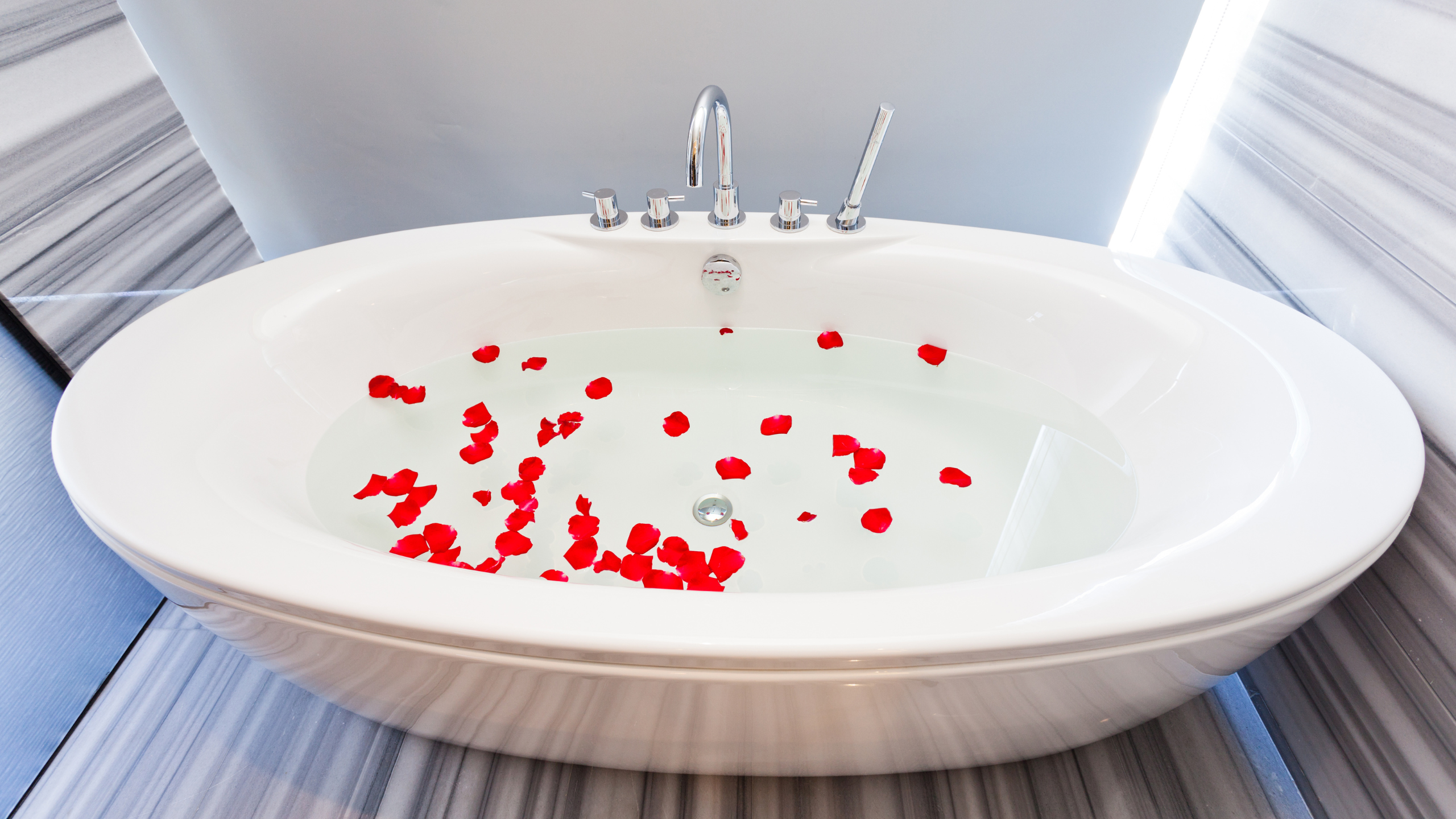Bathtub reglazing is a delicate operation that needs the service provider’s undivided attention. Even if you work exactly, injuries might occur due to various external factors, poor materials/chemicals, and incorrect approaches.
Here’s all you need to know about bathtub or tray Reglazing.
Common Bathtub Reglazing Issues
- Texture. The rough texture is most common when the tub’s surface needs to be adequately sanded or cleaned.
- Fade. Fading occurs when the covering texture is too thin.
- Cracks. When the covering fails to keep air and water out, it cracks.
- Deflection. The topcoat becomes less sticky when it does not connect with the surface.
How Can I Prevent Damage During Bathtub Reglazing in New Jersey?
- Appropriately prepare the location. The reglazing procedure involves severe chemicals. Therefore, it is essential to cover the bathroom with plastic sheets and secure it with adhesive tape.
- Remove the previous finish. Before reglazing your bathtub, you must remove the last finish. The tub has been sanded down to provide a smooth surface.
- Correct flaws. Another step toward chip and crack healing. It will be handled appropriately by an expert bathtub reglazing NJ service provider.
- Thoroughly prime, reglaze, and coat. This is one of the most important measures that specialists should take. The priming, reglazing, and coating operation will take two to four days. The bathroom should not be used until the surface is completely prepared.
Schedule your service if you seek skilled and genuine bathtub and tray reglazing providers.




